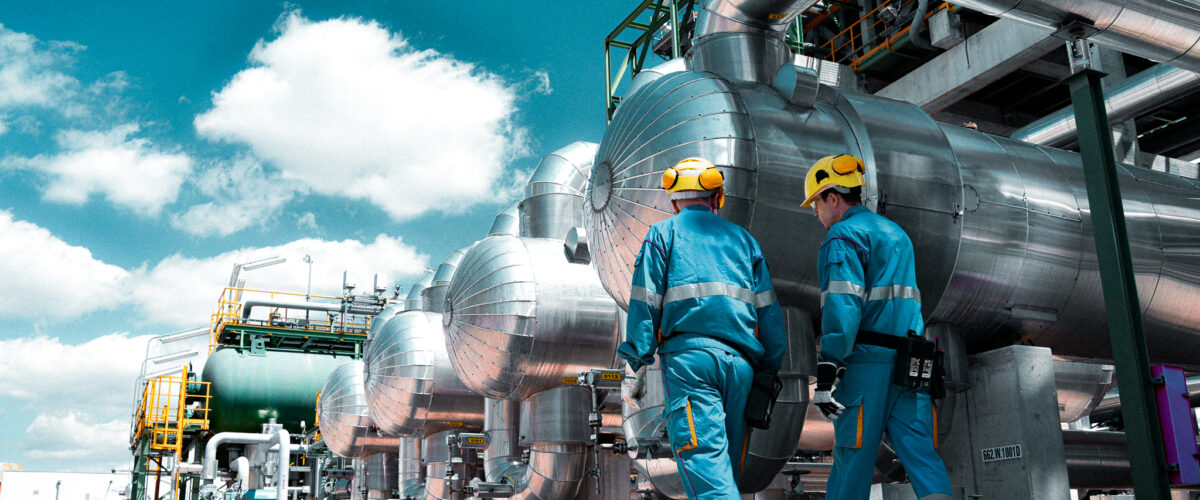Retrofitting an Old Gas Detection System? Here’s Where to Start
A retrofit gas system is often the smartest way to extend the life of your equipment without starting from scratch. Retrofitting allows facilities to upgrade detectors, panels, and alarms while keeping much of the existing wiring and infrastructure in place. This approach saves money, minimizes downtime, and helps maintain compliance without tearing out the entire system.
For many facilities, retrofitting is the balance point between efficiency and budget. It gives you the chance to improve performance and reduce risk while avoiding the high cost of full replacement.
How to Assess Your Current System’s Age & Performance
The first step is knowing how old your system really is and how well it still performs. Look at the accuracy of sensors, response times, and how often false alarms happen. If your system struggles with daily operations, or if components like panels or alarms are failing, it may be time to plan a gas detector retrofit.
Reliability is key. If the system cannot operate under today’s demands, retrofitting might be the only way forward.
Checking Compatibility with Newer Technologies
Compatibility is the biggest factor in deciding if a retrofit makes sense. Most of the time, conduit and wiring can be reused. That means new detectors and panels can be tied into what’s already there, saving tens of thousands of dollars.
The challenge comes when older systems used unusual communication protocols or never worked properly to begin with. In those cases, trying to reuse too much creates long-term problems. A retrofit should support modern monitoring tools, calibration standards, and compliance with any new requirements such as UL 2075. If a system was never UL certified, retrofitting really means replacing it with something that is safe and code-compliant.
Full vs. Partial Retrofit: Which Is Right for You?
A full retrofit means most of the key components are replaced. This option gives maximum performance and longevity, especially when new automation and controls are added. Costs for large facilities can range from $50,000 to well over $1 million.
A partial retrofit focuses only on failing parts, like detectors or alarms. Small systems can often be upgraded for $5,000 to $7,500. Larger sites may spend $50,000 to $500,000 depending on how much can be reused. While partial retrofits are easier on the budget, they may not deliver the same efficiency gains. The decision usually comes down to your facility’s budget, long-term safety goals, and whether the existing system is reliable enough to build upon.
Planning for Budget, Downtime, & Compliance
Retrofit planning must consider more than just parts. Budget for equipment, labor, and integration. A partial retrofit may fit neatly into a scheduled shutdown, but a full retrofit could take weeks. When facilities cannot afford downtime, Hawk often installs a parallel system and runs it live for a few months before decommissioning the old one.
Compliance is another critical factor. OSHA, NFPA, and local codes must be met during the retrofit. In many cases, replacing in kind allows facilities to stay compliant without triggering new ventilation or fire protection requirements.
Additional Considerations for a Smooth Retrofit
Getting operators and maintenance staff involved early makes a huge difference. They will be the ones using and maintaining the system day to day. Documentation, training, and testing should always be part of the plan.
Think long-term. A retrofit is an investment, and it should deliver efficiency gains, reduced false alarms, and lower maintenance costs. Planning for future integration needs ensures that today’s retrofit can support tomorrow’s operations.
FAQs
How long does a gas detector retrofit typically take?
Partial retrofits can often be finished during a normal shutdown. Full retrofits may take weeks, especially in large or complex facilities.
Can I retrofit only certain parts of my gas detection system?
Yes. Many facilities upgrade only sensors or alarms while keeping existing wiring and conduit. This is often the most cost-effective approach.
Will retrofitting improve efficiency and reduce false alarms?
Yes. Replacing outdated detectors and panels usually leads to faster response times, fewer nuisance alarms, and overall better performance.
What compliance requirements apply to retrofitted gas detection systems?
Retrofitted systems must meet OSHA, NFPA, and UL standards. Non-certified legacy equipment must be replaced to meet modern code.
How Hawk Helps Facilities Retrofit with Confidence
Hawk Equipment Services has completed retrofit gas system projects for facilities of every size, from small labs to national distribution centers. For one client, our retrofit approach saved more than $25,000 per building by reusing wiring and matching new detectors to the legacy infrastructure.
We know when you should retrofit your gas detection system and when replacement is the only safe option. Our team evaluates system performance, recommends the right upgrades, and ensures compliance every step of the way.
If you are considering a gas detector retrofit, contact Hawk today. We will help you plan upgrades that reduce downtime, improve efficiency, and keep your facility safe and compliant.

